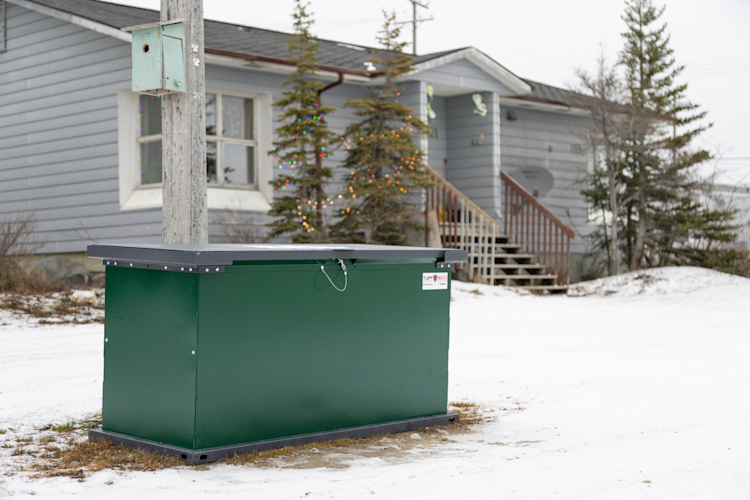The mass production of plastics is less than a century old, but in that time plastic pollution has grown into one of the most pernicious environmental problems affecting the planet. The amount of plastic being created each year has exploded from 2.3 million tons in 1950 to more than 350 million tons today and is still rising. Some estimates calculate that fully 50 percent of those plastics are single-use items such as shopping bags that are utilized and then discarded, where they find their way into landfills, rivers, lakes and seas — and the Arctic.
Even polar bears are not immune from plastic pollution. Although there have been relatively few studies of plastics and polar bears, a paper published last year in the journal Ursus concluded that, at least in parts of their range, it is a problem that needs to be taken seriously.
Plastic ingestion
A team of researchers, led by Raphaela Stimmelmayr of Alaska’s North Slope Borough Department of Wildlife Management, analyzed the stomach contents of 42 polar bears that had been killed by subsistence hunters in the southern Beaufort Sea between 2010 and 2020. The researchers found that more than 28 percent of the bears had plastic in their stomachs. That plastic was often in the form of bags, suggesting that discarded food had frozen to the bags in which they had been thrown out, causing bears that scavenged for food in dumps to consume both.
More than half of the bears that were found with plastics in their stomach also had acute gastritis, an inflammation of the stomach lining. Scientists are concerned that, given polar bears’ ability to consume up to 20 percent of their body weight in one sitting, plastics could easily cause painful and debilitating blockages between their stomachs and intestines. Bears with stomachs full of plastic are likely to be both hungry and ill-tempered. Indeed, Stimmelmayr and colleagues note in their paper that an aggressive polar bear in the Alaska community of Kaktovik in February 2022 was a subadult whose stomach was stuffed with plastics and other waste.



















